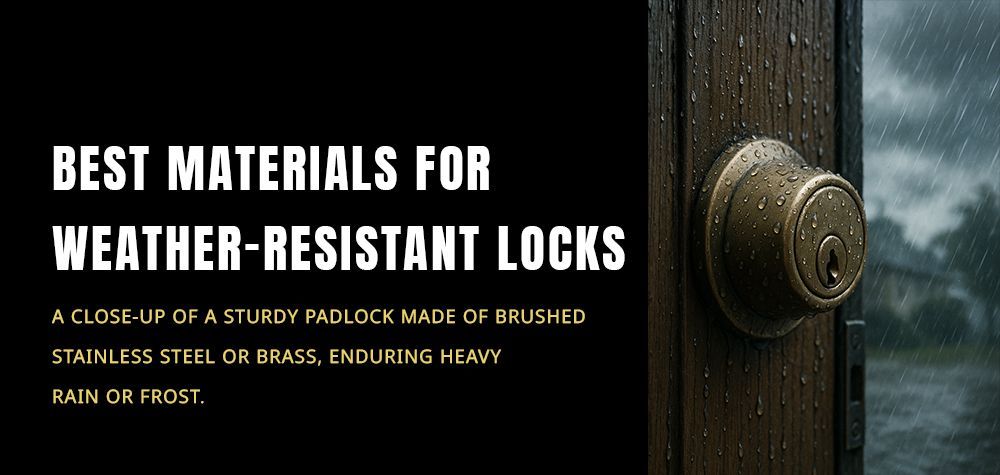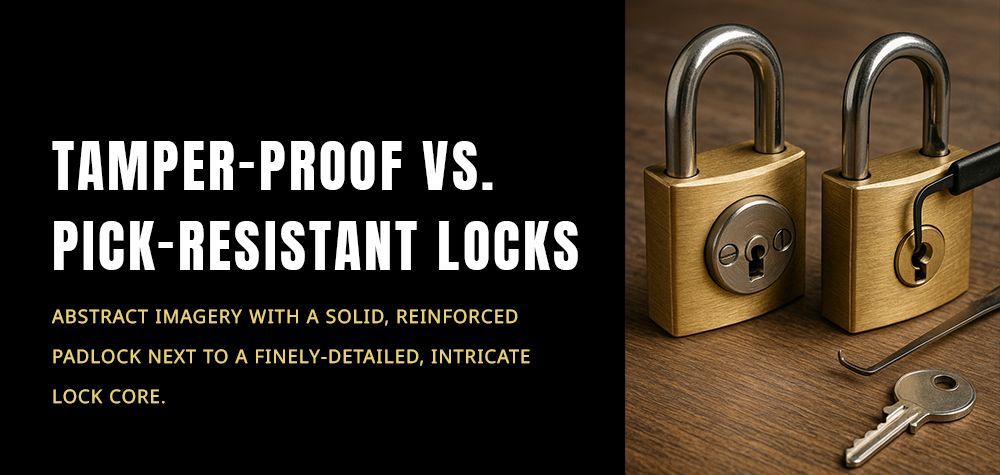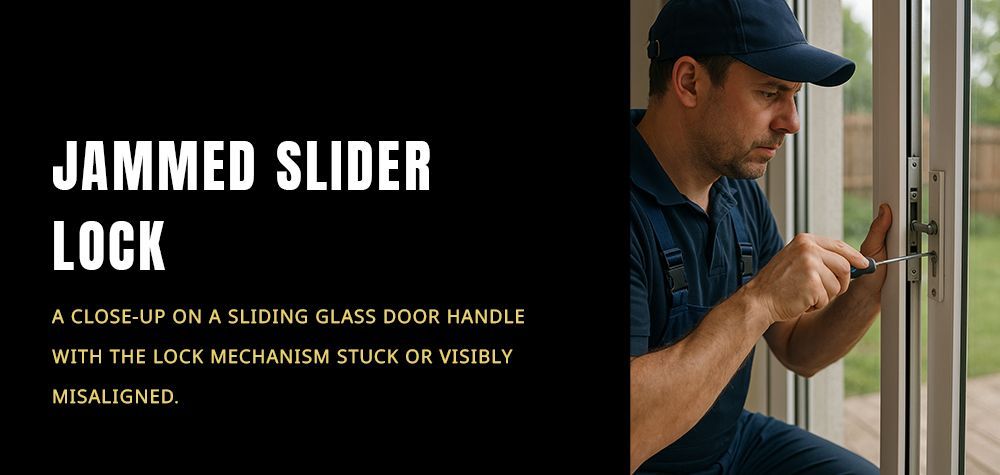Why Multi-Factor Authentication Is Coming to Home Locks
In 2025, home security has entered an entirely new era. With smart locks becoming increasingly common, homeowners now face more complex threats than ever before. While traditional deadbolts relied on simple mechanical strength, digital locks rely on technology — and with that comes new vulnerabilities. One of the most significant trends shaping the future of home security is multi-factor authentication (MFA) for smart locks. This security measure, long used in banking and enterprise cybersecurity, is now finding its way to your front door. But why is this shift happening, and what does it mean for homeowners? Let’s break it down.
Can You Track a Lost Digital Car Key Fob
The Evolution of Home Security
Home security has transformed dramatically over the last decade. Traditional locks dominated for centuries, offering simple protection based on physical keys. But as technology advanced, so did security systems. Smart locks gained popularity by offering keyless entry, app-based control, remote monitoring, and integration with home automation systems.
However, while these features enhanced convenience, they also introduced digital vulnerabilities. Unlike mechanical locks, which could only be picked physically, smart locks are exposed to hacking, signal interception, and software flaws. As cybercrime rates increase, manufacturers have realized that password-based or single-step authentication is no longer enough. That’s where MFA steps in.
What Is Multi-Factor Authentication for Smart Locks?
Multi-factor authentication (MFA) means requiring two or more independent verification methods before granting access. In the context of smart locks, this could combine:
- Something you know — a PIN or passcode.
- Something you have — a registered smartphone, key fob, or NFC tag.
- Something you are — biometrics like fingerprints or facial recognition.
Instead of simply unlocking your front door with one step, MFA ensures a layered approach. For example, even if someone steals your phone and gains access to your lock’s app, they still can’t enter without a biometric scan or a backup code.
Why the Push Toward MFA in Home Locks
The adoption of MFA in home locks is driven by several factors that make traditional authentication methods insufficient:
1. Rising Smart Lock Hacking Incidents
As smart locks become mainstream, they’ve caught the attention of cybercriminals. Relay attacks, Wi-Fi jamming, and Bluetooth signal hijacking have shown that single-factor security isn’t enough. MFA counters these by adding extra layers that hackers must bypass, significantly reducing the risk of unauthorized access.
2. Increasing Value of Home Data
Modern smart locks aren’t just about unlocking doors — they’re connected to your entire home ecosystem. From security cameras to energy management systems, a compromised smart lock could expose sensitive personal data. MFA helps prevent hackers from exploiting this gateway into your digital life.
3. Consumer Demand for Safer Tech
As homeowners become more aware of cyber risks, they’re seeking stronger, more reliable security measures. Manufacturers are responding by introducing locks that demand multiple proofs of identity, offering users greater peace of mind.
Challenges and Limitations of MFA in Locks
Of course, multi-factor authentication isn’t perfect. One of the biggest concerns is convenience. Homeowners want security, but they don’t want to spend five minutes unlocking their doors every time they come home. Another issue is reliability. What happens if your phone battery dies, or if the lock’s software malfunctions? If not designed well, MFA systems could lock out the rightful homeowner. There’s also the question of cost. These advanced locks are often more expensive than traditional deadbolts or even basic smart locks, which could make them less accessible to average households in the short term.
Integration With Smart Home Systems
As smart homes become more common, MFA locks are not just about the door—they’re part of a broader ecosystem. For example, unlocking your door with MFA might also disarm your alarm system or adjust lighting for when you enter. Voice assistants like Alexa or Google Home can also play a role, although experts caution against relying solely on voice control since voices can be mimicked. The integration of MFA locks into the smart home environment enhances convenience while maintaining security.
The Future of Home Security With MFA
Looking ahead, multi-factor authentication is likely to become a standard rather than an option. Just as most online services now require two-step verification, locks may follow the same path as a necessary baseline. Innovations such as behavioral biometrics—like recognizing the way you walk toward the door—or geofencing, which unlocks when you’re within a set distance, could further strengthen MFA in home locks. The shift reflects a broader truth: our homes are no longer just physical spaces but digital hubs that demand digital-grade security.
Conclusion: A Safer Home With Smarter Locks
Multi-factor authentication in home locks represents the next step in securing modern households. It addresses the weaknesses of single-layer protection, integrates with smart home ecosystems, and raises the bar for burglars and hackers alike. While challenges such as cost and convenience remain, the benefits are clear. In the near future, MFA may be the new normal for home entry, ensuring that only those with the right combination of credentials can step inside.
Call Us Any Time!




